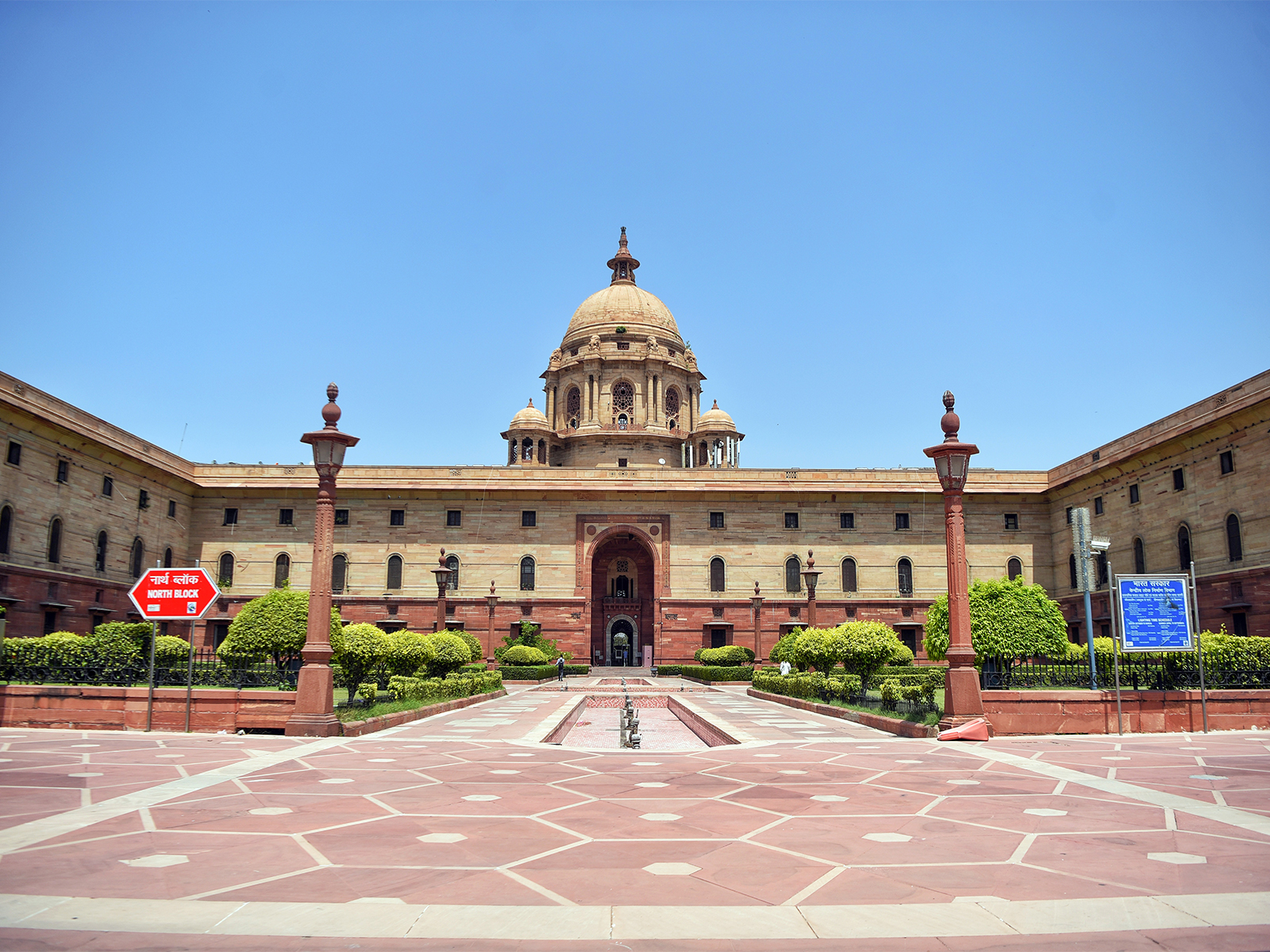GST Rationalisation: Balancing Acts and Fiscal Pathways
The recent GST rationalisation, which poses a potential shortfall of 0.1% GDP, is expected to be counteracted by increased dividend transfers from the RBI. Despite reduced tax collections and income tax cuts, the government strives to maintain fiscal balance via non-tax revenues and rising consumption.

- Country:
- India
A recent report by CareEdge Ratings suggests that the net revenue shortfall arising from the Goods and Services Tax (GST) rationalisation, estimated at about 0.1% of GDP, will likely be neutralized through higher dividend transfers from the Reserve Bank of India (RBI). This comes amidst a backdrop of moderated tax collections and projections for lower nominal GDP growth for fiscal year 2026, potentially complicating the goal of meeting full-year tax targets.
The report underscores the necessity of closely monitoring the impact of income tax reductions and GST rationalisation on tax receipts during the remainder of the fiscal year. It projects that higher dividend transfers received from the RBI will offset the GST-linked revenue shortfall. However, subdued tax performance generally could pressurize government expenditure in the year's latter half, especially if the Centre adheres to its fiscal consolidation aims, targeting a gradual cutback in fiscal deficits.
Simultaneously, during the GST rationalisation's announcement, the GST Council deemed the measures fiscally sustainable, forecasting a fiscal impact of Rs 48000 crore or 0.15% of GDP, with the possibility of increased GST collections mitigating this impact. A report by the State Bank of India (SBI) further notes that while the central government will face a revenue loss of Rs 3,700 crore in FY26 due to GST rate cuts, the hit on revenues has been alleviated by growth in consumption. The SBI study shows an initial gross loss of Rs 93,000 crore, now reduced to a net Rs 48,000 crore after adjustments.









